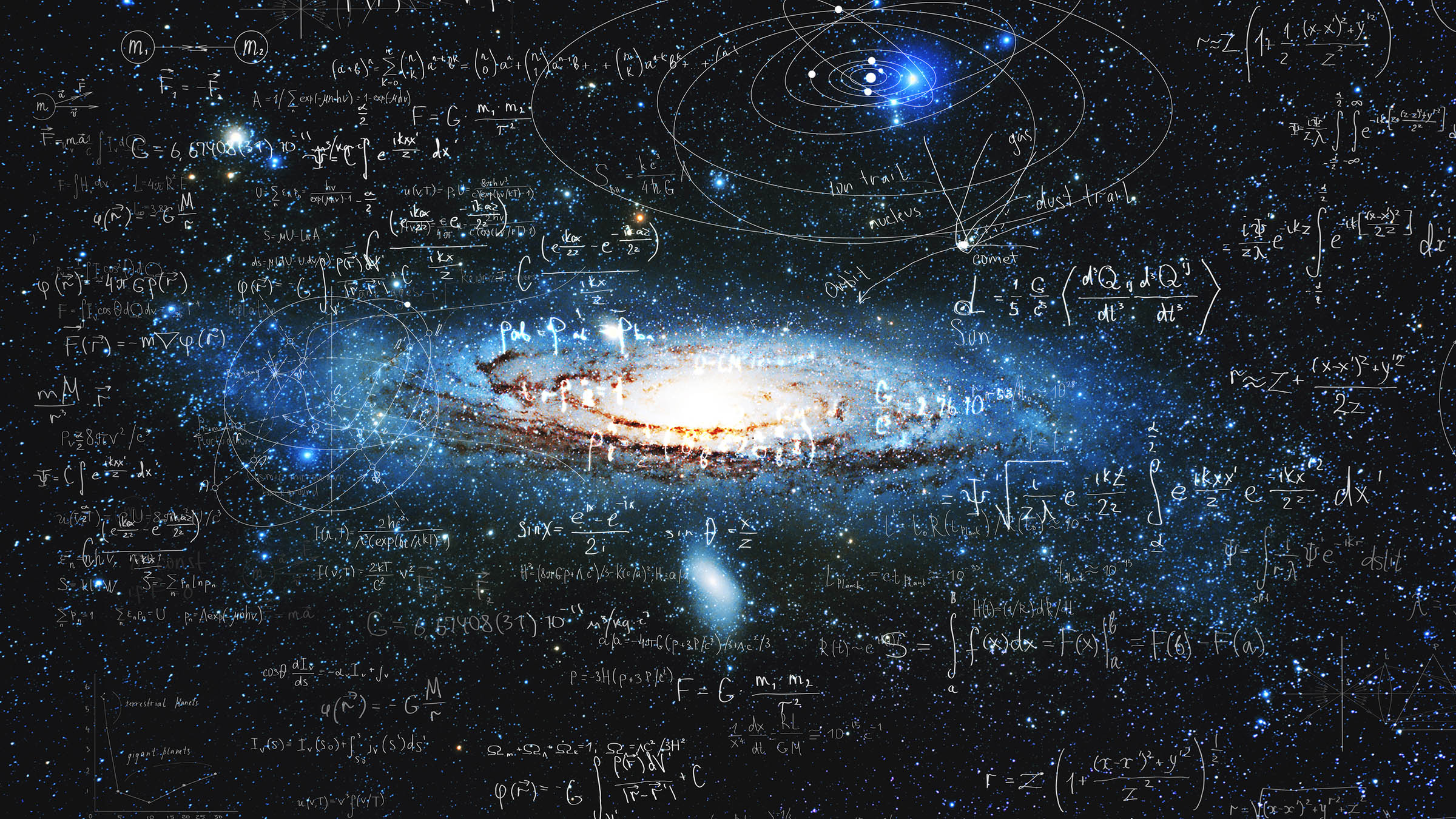Tech
New theory suggests time is an illusion created by quantum entanglement

A new definition of time suggests that what we once thought was a fundamental element of our physical reality could actually just be an illusion created by quantum entanglement. That’s a very bold statement and one that certainly requires a little digging into to fully understand. So, let’s dig in.
To understand the core of this new theory, we need to understand a few things, including quantum entanglement. By its most basic definition, quantum entanglement is when two objects are so inextricably linked that when one is disturbed, the other is also disturbed, no matter how far apart they are. We also need to understand how time works in “general relativity.”
General relativity says that time is baked into our universe, that our physical reality is set in space-time, and that time can warp and dilate in the presence of gravity; scientists believe we have seen the Milky Way’s black hole warp space-time around it. However, quantum theory says that time isn’t bendable in any way. It does not change. Many physicists believe that the definition of time across both theories should be consistent. To prove this, Alessandro Coppo and other researchers went hunting for a new way to define time.
The suggestion here, at its core, seems to point to time being purely a consequence of entanglement. It states that the only reason that an object appears to change over time is because it is entangled with a clock. As such, anyone observing the universe externally would see it as completely static and unchanging.
It’s certainly an interesting new way to try to define time. While many physicists believe that the new definition of time is promising, there are still some details that need to be ironed out to really fully understand exactly what time is and whether or not it is truly a consequence of quantum entanglement. There’s also the matter of whether or not we can even test any of these ideas.
The researchers published their findings in a paper featured in Physical Review A.







:max_bytes(150000):strip_icc()/roundup-writereditor-loved-deals-tout-f5de51f85de145b2b1eb99cdb7b6cb84.jpg)


